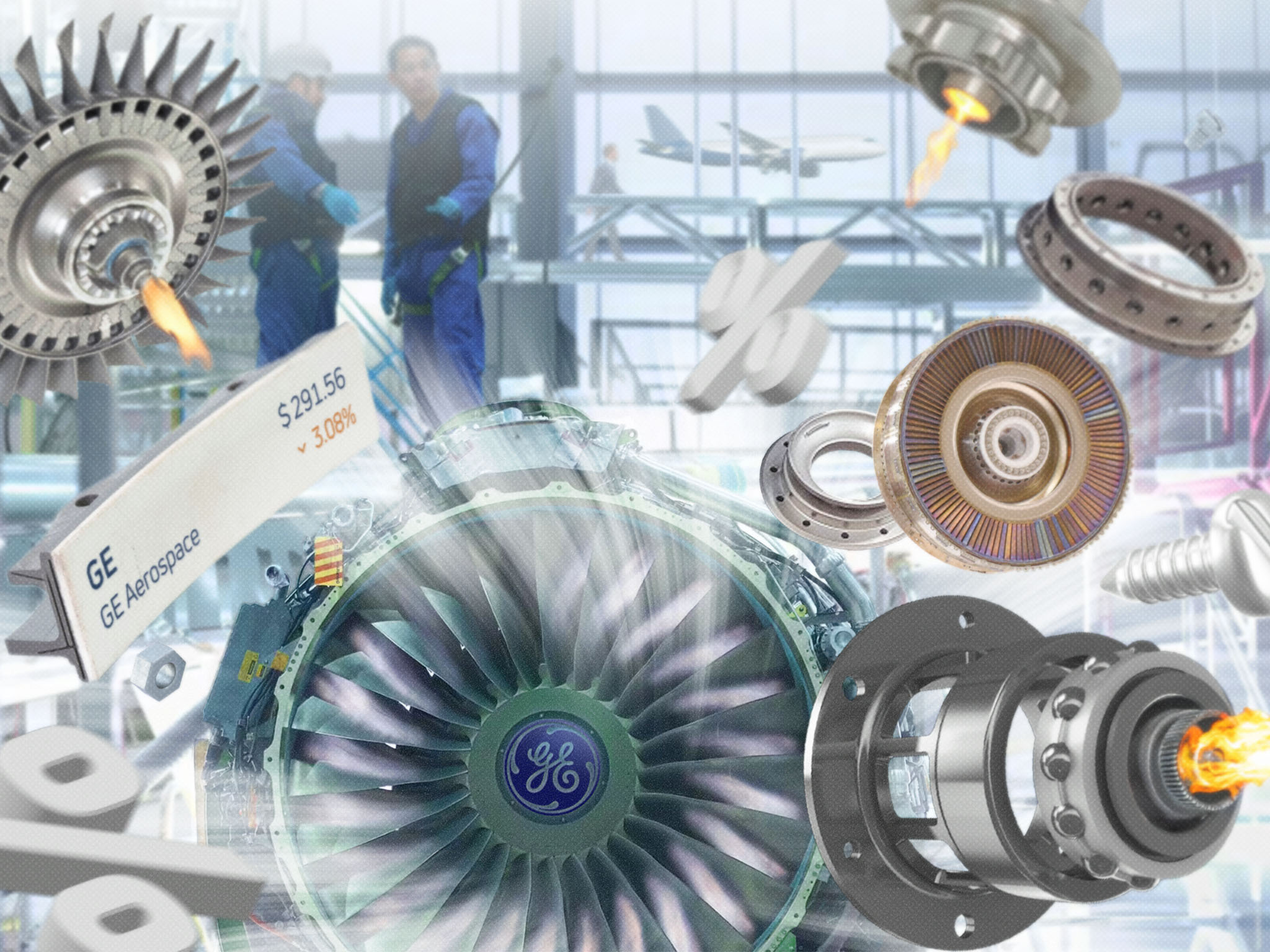In the 1990s, then General Electric CEO Jack Welch was hailed as a business genius. The media lauded him for his ruthless approach to personnel, his ability to create efficiency amid growth and his relentless focus on profit numbers.
But the profits would ultimately turn into losses. GE’s financial arm, GE Capital, grew explosively under Welch, accounting for about half of the company’s revenue and profit by 2001, when he retired. Then in 2004, GE Capital acquired the sixth largest subprime mortgage lender, WMC.
That proved to be a major albatross when the subprime mortgage market tanked in 2007-09. GE’s stock cratered 80% from the beginning of 2008 through early March 2009, and didn’t start rebounding in earnest until September 2022. What saved the company was its 2021 decision, under CEO Larry Culp, to split into three.
That’s now airplane engine maker GE Aerospace (NYSE: GE), energy business GE Vernova (NYSE: GEV), and GE Healthcare Technologies (NASDAQ: GEHC). All three have thrived since the breakup began in 2023. Let’s have a look at the biggest of the three: GE Aerospace, with a market capitalization of $312 billion.
And the stock is on a roll since the company went solo April 2, 2024, still under Culp. Shares have soared 117% during that period, far outpacing the S&P 500’s 27% gain.
Dominant player in commercial jet engines
The company is a titan in its field, “powering about three of every four commercial airline flights on Earth,” as Morningstar analyst Nicolas Owens put it. GE designs, sells and then services jet engines. It’s the service and parts business that moves the needle, accounting for about three-fourths of the company’s commercial engine revenue and nearly all of its operating profit.
It’s a razor and razor-blade approach, enabled by the fact that jet engines can last for more than 20 years. Jet engines are overhauled several times during their operating life, which entails getting almost completely rebuilt, Owens notes. GE enjoys a 40% share of the global engine maintenance, repair, and overhaul market, according to Morningstar and consulting firm Oliver Wyman.
Commercial jet engines make up about 75% of GE’s revenue with the other 25% coming from military jet engines.
GE has virtual duopolies in both wide-body (twin-aisle) jet engines, with Rolls-Royce, and narrow-body (single-aisle) jet engines, with Pratt & Whitney, a subsidiary of aerospace titan RTX (NYSE: RTX). Among the planes motored by GE are Airbus A320s and Boeing 737s.
So it’s no surprise that GE is reporting strong earnings. Revenue jumped 24% in the third quarter from the year-earlier quarter to $12.2 billion, and profit surged 33%. The profit margin climbed 150 basis points to 20.7%. And the company recently raised its full-year 2025 outlook for revenue, profit and cash flow.
Smooth path ahead
GE also is making noise through a partnership with French aerospace stalwart Safran (CBOE: SAF). They’re developing new engine technology consisting of an open fan-blade design rather than the normal structure of a jet engine enveloped in a protective metal covering. The new technology could cut fuel costs by 20%, helping Boeing and Airbus to create new narrow-body jets.
The picture looks rosy for GE’s future. Owens sees the global commercial aircraft fleet doubling in size thanks to demand growth and replacement of older, less efficient aircraft. GE stands to be a major beneficiary.
Also, its service and parts (after-market) business should benefit from delays of new planes such as Boeing’s 737 Max and 777X. This means older jet engines will be used longer than planned, requiring more maintenance.
So GE looks set to keep flying higher. Remember, though, that no success is guaranteed.




Comments